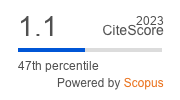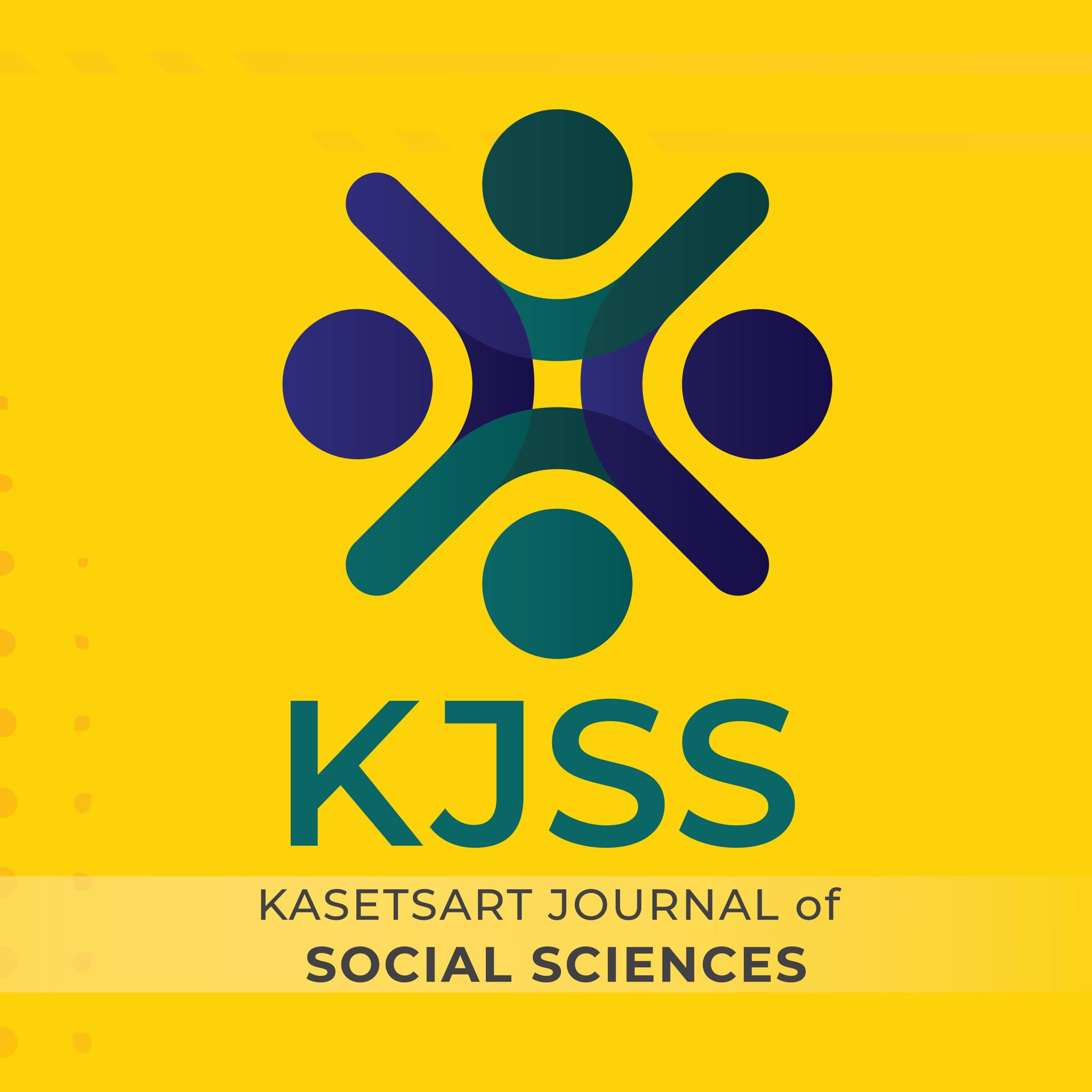Description of students’ abilities using estimated difficulty level of test items: An Indonesian case study
Keywords:
assessment for learning, case study, description of students’ abilities, difficulty level of test items, mathematicsAbstract
characteristics of certain test items that is directly related to the level of student ability, but the level of difficulty of the items is not considered in detail in examining student work. This study aims to describe the pattern of students’ ability to solve math test items using the estimated of the difficulty level of the test items. This study used an exploratory-descriptive crosssectional study with a case study approach. The research subjects were 21 elementary school students. The time allocation for working on one item is three minutes while the estimation of the characteristics of the item is one minute. The results of the research show the following things. Grade IV students experienced errors in working on test items in all content domains, especially the geometry and data domains. Then, fifth-grade students experienced more errors in the cognitive domain, especially the cognitive domain of knowing. In general, students are only able to answer low-category test items with the cognitive domain of knowing. Teachers can use this approach to describe student work patterns on math test items according to assessments for learning.
Downloads
Published
How to Cite
Issue
Section
License
Copyright (c) 2025 Kasetsart UniversityThis is an open access article under the CC BY-NC-ND license http://creativecommons.org/licenses/by-nc-nd/4.0/








